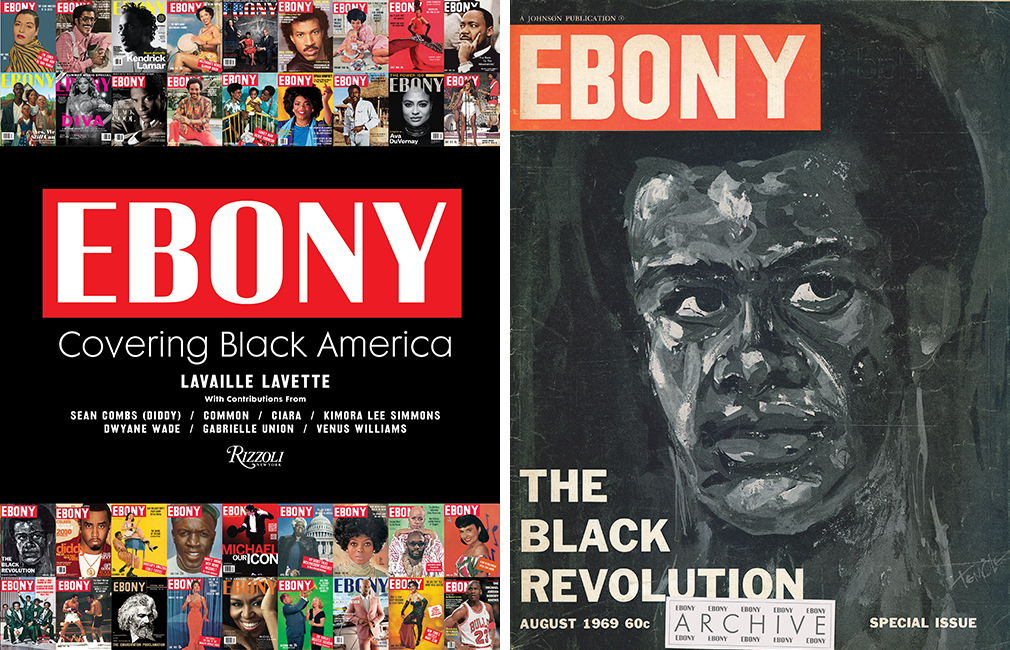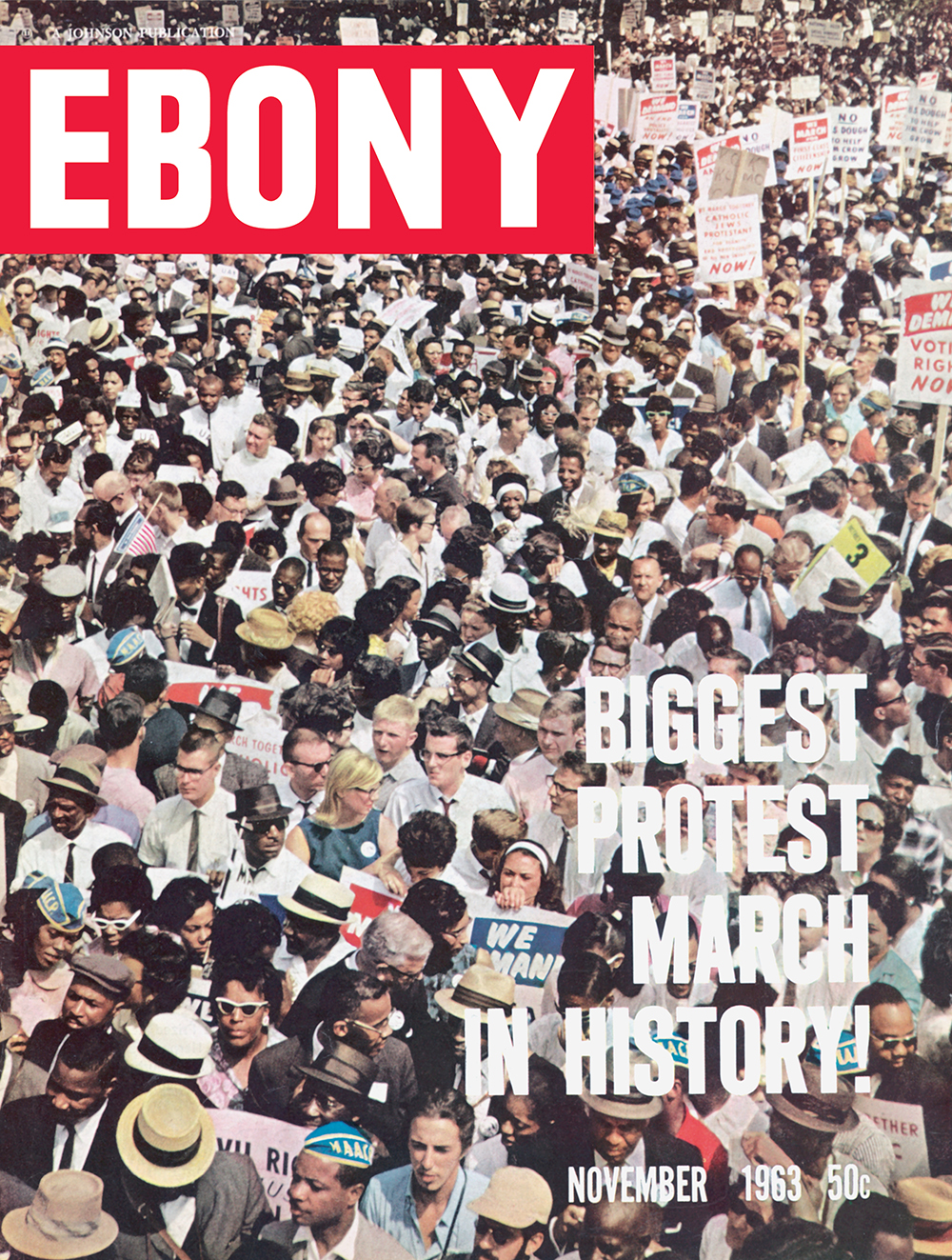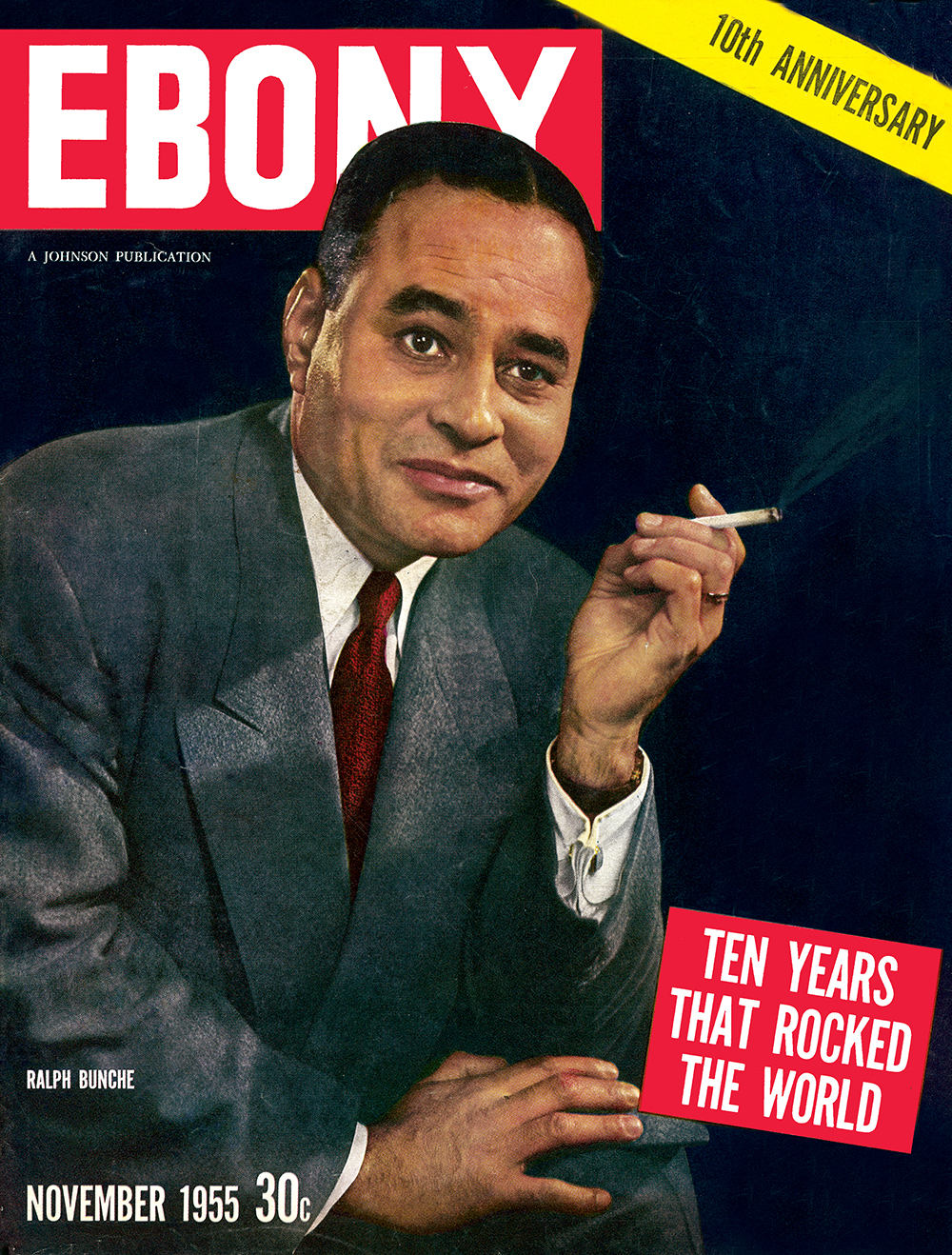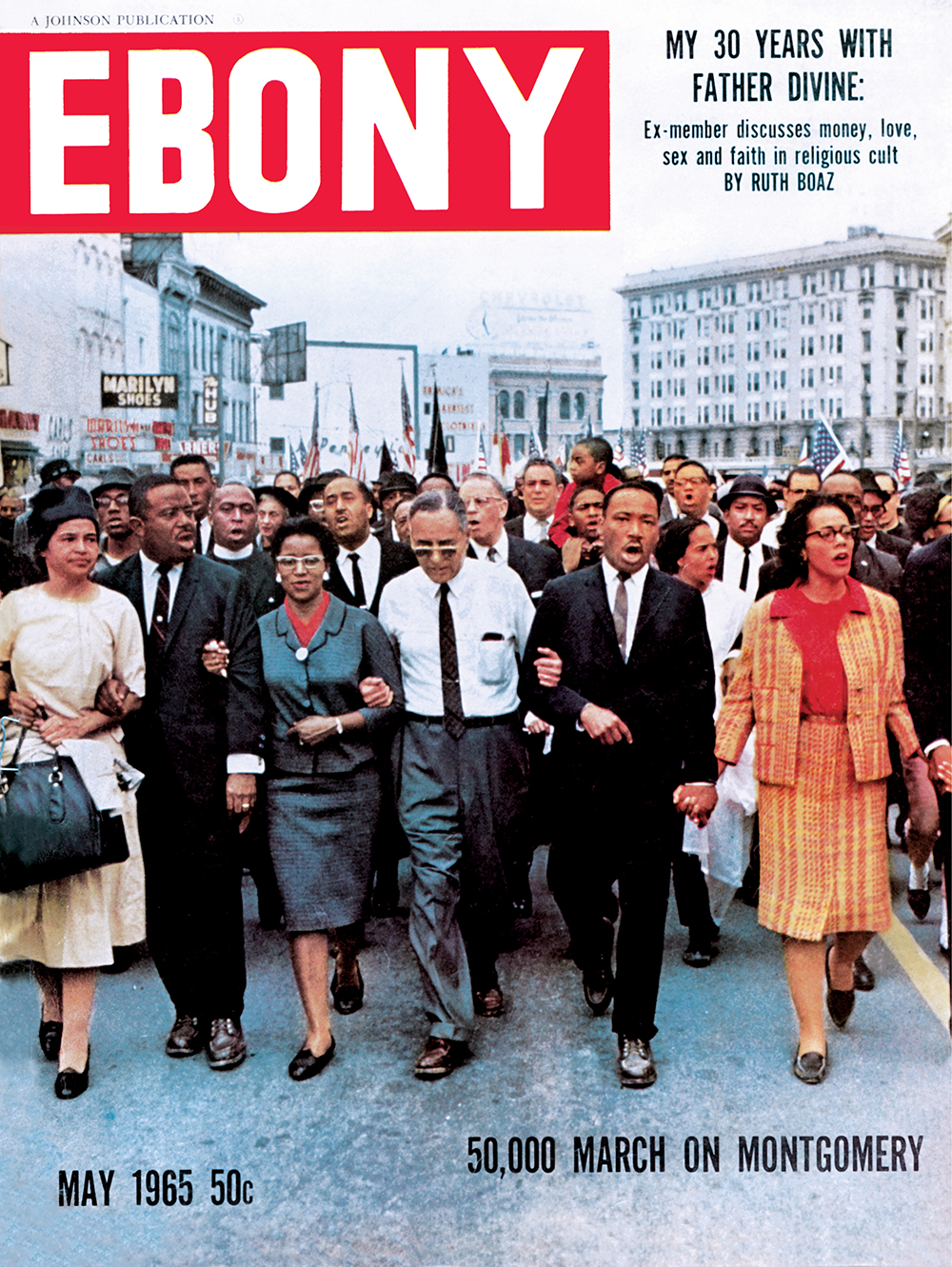
Editor's Note: The following is an excerpt from Ebony: Covering Black America (Rizzoli, 2021), by Lavaille Lavette. In 1945, Ebony’s legendary founder John H. Johnson set out to create a magazine for Black America. For the African American community, Ebony has been a breath of fresh air, speaking on issues and events from the Black perspective, celebrating Black standards of beauty and elevating heroes of Black America—athletes, entertainers, activists, elected officials, or some combination thereof. The following essay, written by Common, introduces the section of the book titled "Civil Rights and Social Justice" and is printed here with the permission of the publisher.

Decades ago, the great artist, poet, musician, and author Gil Scott-Heron famously proclaimed, “The revolution will not be televised.” He was right; the revolution was not prominently featured on the six o’clock news. It was, however, delivered monthly to newsstands and Black homes within the pages of Ebony. This section, Civil Rights and Social Justice, highlights the magazine’s commitment to capturing the social and political issues of the day via thought-provoking articles, features, and bold covers.
Through the years, as a magazine known for its groundbreaking presentation of African Americans in a consistently positive light, Ebony has never shied away from giving voice and national exposure to issues and individuals who did not have the luxury or buttress of fame or, in today’s language, a social media platform with millions of followers. Ebony allowed everyone’s voices to rise in volume, depth, and import to challenge oppression and injustice. Its covers boosted the social justice advocacy of Harry Belafonte, Shirley Chisholm, Al Sharpton, and Jesse Jackson and captured, through photos and words, the works of Martin Luther King, Jr., Daisy Bates, Ella Baker, Malcolm X, Angela Davis, the founders of Black Lives Matter, and so many more.

As our guide through our most trying and tumultuous moments of the past 75 years, Ebony has put agents of equality, and their causes, front and center. When an 18-foot chancel mural of the Black Madonna and Child was unveiled on Easter Sunday 1967, Ebony was the only publication bold enough to place Black Jesus on its cover (March 1969). And though Hollywood may have wanted us to forget how the great Abbey Lincoln, singer and actor extraordinaire, was shunned by the entertainment industry for her involvement in the civil rights and Black Power movements of the 1960s, Ebony made sure its readers did not.

In this section you will be reminded of James Meredith’s March Against Fear in Mississippi, Bloody Sunday on the Edmund Pettus Bridge in Selma, Alabama, and the 1972 National Black Political Convention in Gary, Indiana. Ebony chronicled it all, making household names of our heroic organizations like the NAACP, National Urban League, Student Nonviolent Coordinating Committee, Congress on Racial Equality, and the Black Panther Party for Self-Defense. Through the riots of the 1960s, to Tarana Burke’s founding of the #MeToo Movement, to the political activism of the indefatigable Stacey Abrams, fighting to end US voter suppression, and to Shaun King’s and William Barber’s political and economic advocacy, Ebony remains a touchstone for the clearest and most informa-tive perspective on the African American experience.

As an artist I bring a sincere level of passion to the issues and causes to which I invest my heart, my soul, my time, and my energy. And for 75 years, Ebony has done the same, reporting from the front lines since day one, with no plans to stop chronicling our evolution and revolution. Here’s to the next 75 years, and the new generation of social justice activists Ebony will inspire.
